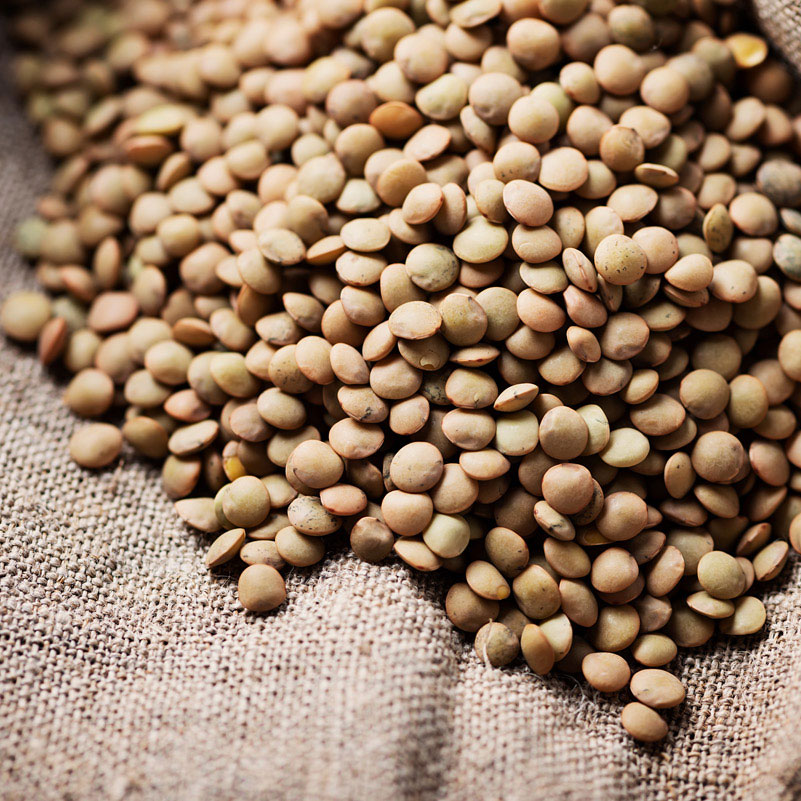
Despite there being big crops in Australia and Canada as well as India, and there being good production prospects for the coming season, the strength of the Indian domestic market and in South Asia generally is seen as being able to easily absorb the increased volumes at current values.
ABARES, the Australian Government forecaster, put the 2022-23 crop at 1.4Mt.
Updated monthly, price in USD/CWT.
Lentils (Lens culinaris) are one of the oldest domesticated crops in the world. They are a legume, but unlike most other legumes are never eaten fresh. They are always dried after ripening.
There are many different types of lentils. In Australia, two groups of lentils are grown – red and green.
Red lentils are also known as split lentils and are the most commonly grown lentil in Australia. They range in seed size from small to large, with different importing countries preferring different-sized lentil seeds.
Green lentils have a yellow cotyledon. Their size is either medium or large. They are sold as a whole seed and must be light in colour with no weather damage.
A minimum of 350mm to 550mm of rainfall is required to grow lentils. Most Australian lentils are grown on the sandy loam soils of South Australia and the alkaline grey-cracking clays of Victoria. These regions both have winter-dominant rainfall. Too much rainfall or drought affects yield, and the quality of the seed produced.
Australia currently produces around 10% of the global trade in lentils. Their production in Australia increased from 196,000 tonnes in 2011 to 500,000 tonnes in 2021. The 2022 crop is expected to be around 1,000,000 tonnes, half of which should be number 1 grade.
For best results, lentils are planted in late April or early May in Australia. This allows for better yields. Prior to seeding, lentil seeds should be inoculated with Group F inoculum (rhizobia) to fix the nitrogen of the plant.
Lentil seeds are planted at a depth of 4 to 6cm to protect them from herbicide damage. The lentil plants grow from 15 to 80cm tall. They are harvested at ground level, and the pods ideally have a little moisture (10-14%) to ensure quality and minimum damage to the produce.
To reduce the risk of disease, lentils shouldn’t be sewn in a paddock that has chickpeas, lentils or faba beans more than once every three years.
For more information about lentils or other types of crops produced in Australia, you can read our articles.
Sign up to receive daily market reports from Grainwise delivered directly to your inbox!